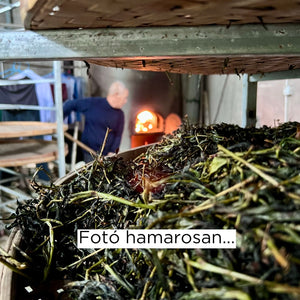Woody Zheng Shan – red tea
Tax included
Shipping calculated at checkout
In stock
Pickup currently unavailable
Woody Zheng Shan Xiao Zhong – promising red tea from old bushes
Bringing you the world of the “real mountain” (Tongmu, Wuyi): smokeless, old bush Zheng Shan Xiao Zhong , in which notes of wood, sweet spices and warm resin meet a delicate sweet aftertaste. Calm yet characterful – a cup that makes time slow down.
Origin & character
- Origin: Tongmu District, Wuyi Mountains, Fujian – the historical cradle of red teas.
- Raw material: old, seed-grown heirloom bushes (lao cong), which give a deeper, woody-mineral character.
- Style: smokeless lapsang – the pure face of the place of origin, with forest-woody tones and a long, clean sweetness.
Processing in brief
Gentle withering on bamboo screens, traditional rolling, full oxidation, then drying and delicate roasting, rounding out the wood, cocoa and dried fruit notes. The smoke-free preparation highlights the mineral, cool feel of the Tongmu terroir.
Flavor profile
- Scent: cedar, sandalwood, light resin, cocoa shell.
- Taste: silky body, dark cocoa, roasted grains, dried longan and dates; slight honeyiness.
- Aftertaste: cool, mineral, clean; long, sweet aftertaste.
Recommended preparation
Asian (gongfu) method
- 4–5 g tea / 100 ml
- 90–95 °C water
- First pour 10–15 seconds, then gradually increase (+5–10 seconds). It also holds up well to 6–8 short pours.
Western method
- 2.5–3 g tea / 250–300 ml
- 90–95 °C water, 2–3 minutes
- For the second pour +30–45 sec.
Cold brew / cold soak
- 6–8 g tea / 1 liter of soft water
- Refrigerate for 8–10 hours
- Silky, chocolatey-woody, refreshingly clean result
What are you tuning into?
- For contemplative afternoons and quiet evening relaxation.
- If you are looking for warmer tones of wood and bark in addition to fruity red teas.
- For sweets (dark chocolate, dates), roasted seeds, semi-hard cheeses.
Note: The preparation ratios are a guideline – it’s worth playing around with them to fine-tune them to your own cup and water.
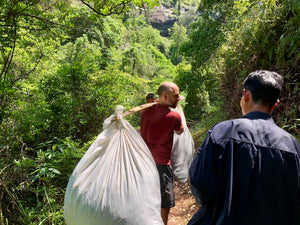
Personal contact
Our teas don't come from wholesale warehouses or unknown sources. We travel to the small producers we source from – whether it's a Japanese family tea garden, a Chinese mountain village or an oolong maker in Taiwan.
Stories
We meet them in person, learn their story, see how they care for their plants, and how they process the fresh leaves.
These experiences are the soul of our teas. This way, not only is the quality guaranteed, but also the fact that behind each cup there is a real person, a real story.
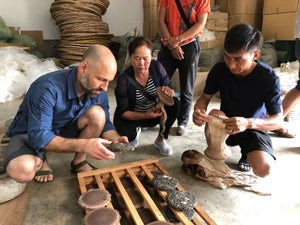
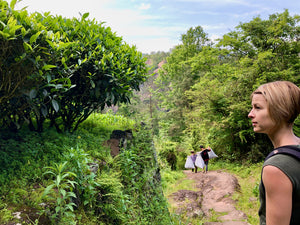
Direct
This direct relationship is valuable to us. Not only because of the excellent tea, but because we believe that trust, respect and personal presence are what make the tea drinking experience truly special.
Teavolution Tea Blog
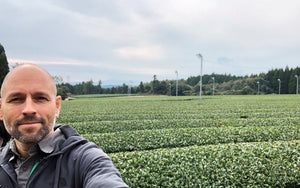
Oct 2, 2025
Sencha tea
Read more

Sep 21, 2025
Matcha hiány Japánban
Read more
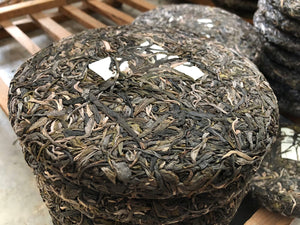
Mar 18, 2025
Puer tea, puerh or pu-erh
Read more
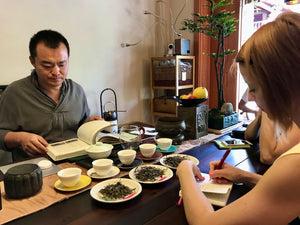
Mar 18, 2025
Types of tea
Read more
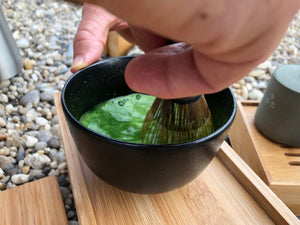
Mar 18, 2025
What is matcha tea?
Read more

Mar 18, 2025
Oolong tea (Wulong tea)
Read more

